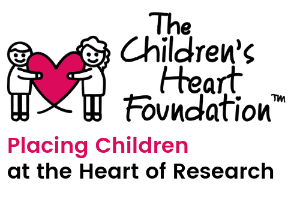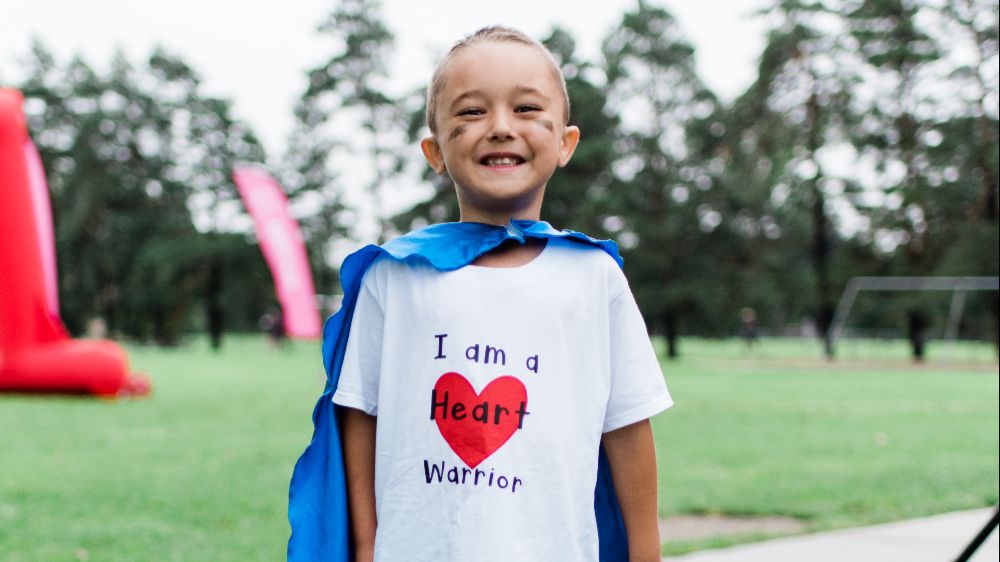
With the help of our generous supporters, The Children's Heart Foundation has funded nearly $20 million of CHD research and scientific collaborations.
View all of our funded research below. Use the search tool to filter by Doctor's Name, Project Name, Hospital/Institution, or Year funded.
"Predicting arrhythmogenic risk in post-operative congenital heart disease patients"
Audrey Dionne, MD
Boston Children's Hospital
Massachusetts
2019
Collaboratively funded through The Children's Heart Foundation and American Heart Association's Congenital Heart Defect Research Awards.
"Post-operative tachyarrhythmias (abnormal, fast heart rhythms) occur frequently after surgery for congenital heart disease. Tachyarrhythmias are associated with significant morbidity including longer time to extubation, longer intensive care unit and hospital length of stay, and a higher risk of mortality. However, the identification of patients at highest risk of tachyarrhythmias remains difficult, limiting the possibilities for early intervention to improve outcomes. We previously created a large database of 5000 patients with congenital heart disease from which we established a risk prediction score to stratify patients as low (0.6%), moderate (5%) or high (21%) risk of post-operative tachyarrhythmia. Separately, we demonstrated an association between the use of provocative electrophysiology testing and prediction of recurrence of supraventricular tachycardia, more aggressive use of antiarrhythmic medication and improved post-operative outcomes including shorter time to extubation, shorter intensive care unit and hospital length of stay and lower mortality prior to hospital discharge. While these could be useful to guide patients' management, evidences are based on retrospective data and uncertainties remain limiting their clinical use. Thus, with this proposal, we aim to create a data-driven clinical algorithm that standardizes the identification and management of supraventricular tachycardia in patients following congenital heart surgery. Aim 1 will prospectively validate our risk prediction score for post-operative supraventricular tachycardia. Aim 2 will test the hypothesis that implementation of a rigorous screening protocol at the time of ICU admission will identify patients at highest risk of supraventricular tachycardia and will result in antiarrhythmic treatment and decreased episodes of supraventricular tachycardia compared to an unscreened cohort. If successful, this work will lead to an evidence-based protocol for diagnosis and management of patients at risk for supraventricular tachycardia following congenital heart surgery. Such a protocol would be reproducible and disseminable to other institution and may decrease the morbidity and mortality of post-operative tachyarrhythmias in children with congenital heart disease."



